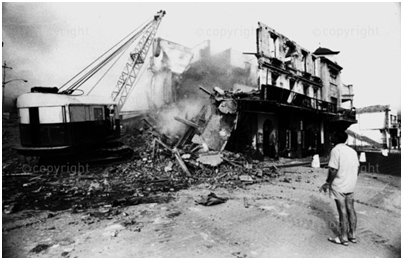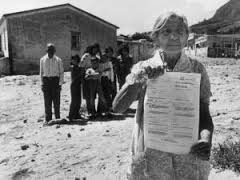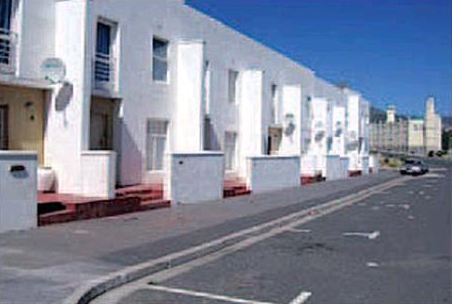In October 2013, Cape Town Tourism’s Board of Directors took a collective decision to forfeit their monthly remuneration in favour of the Board Development Fund (BDF) that assists Small, Medium and Micro Enterprises (SMMEs) with support to develop their tourism businesses.

Image by Deon Gurling, courtesy of Cape Town Tourism
In year two (2015) of the Board Development Fund, Cape Town Tourism received many promising applications and after a thorough selection process, a shortlist of four candidates was created. In March 2015, two beneficiaries were carefully selected and Cape Town Tourism has allocated R50 000 to each in support of their businesses’ growth. Additional non-financial support is also being given in the form of complimentary Cape Town Tourism membership, business skills coaching, mentorship and marketing support until February 2016.
The two successful SMME’s are Escape to the Cape and Ubizo Tours and Events.
Escape to the Cape, established in 2010, has continued to enjoy steady growth and Shaheed Ebrahim, the owner/manager has been recognised in the industry for his entrepreneurial flair. In 2012, Escape to the Cape pioneered on board Wi-Fi by introducing this service in their vehicles. Shaheed is committed to empowering and supporting five SMME’s by providing Wi-Fi for their vehicles, creating more market share for them and increasing mutual business opportunities.
Specialising in cultural and historical tours, Ubizo Tours and Events is owner-managed by Siyabulela Siyaka, a passionate tourism entrepreneur who has trained and employs ten local tour guides and three permanent staff. Working in the townships of Langa, Gugulethu and Khayelitsha, his focus is on telling the stories that balance traditional and modern norms. Ubizo Tours and Events would like to add cycling tours to their basket of activities.
The Cape Town Tourism Board and team look forward to the journey ahead with Escape to the Cape and Ubizo Tours and Events.
One of the winners of the Board Development Fund in 2014, Ebrahim Osman, owner of Ozzie Golf Guides had this to say; “As a previous winner of the Cape Town Tourism Board Development Fund, I’m still grateful for the winnings and exposure my business received. With the cash prize I was able to buy some much needed golfing equipment, a laptop, upgrade my website and most of all start a caddie outreach development programme. This programme, with the help of the Big Six, proved to be very successful and we managed to take thirty caddies from five different golf courses to the various top attraction sites in Cape Town i.e. Table Mountain, Kirstenbosch, Cape Point, Waterfront and Groot Constantia. This exercise provided them with practical experience and valuable knowledge, which they can share with our golfing tourists in Cape Town – after all, they spend five hours on the golf course with visitors and we should regard them as grassroots ambassadors for the golf club, Cape Town and South Africa.
For me personally, winning the award provided me with great confidence and self-belief. Today my services are regarded as a value added service by most top hotels, guest houses and tour operators in Cape Town. Thank you once again for this wonderful opportunity.”
Chairperson of Cape Town Tourism Board, Enver Mally, wishes past and present winners well for their journey ahead; “Whilst the Board Development Fund is only a small gesture, it was something that we could implement immediately and is part of our bigger commitment to diversifying Cape Town’s tourism offering. On behalf of the Board I would like to congratulate this year’s winners of the Board Development Fund and we look forward to walking this path with you.”
Cllr Garreth Bloor, Mayoral Committee member for Tourism, Events and Economic Development, concludes; “The City of Cape Town is very proud of this initiative by Cape Town Tourism. It ties directly into the City’s mission to become an opportunity City that creates the favourable enabling environment for economic growth and development. Several City supported programmes advance entrepreneurs and SMEs, and so this programme is directly in line with the strategic focus of the City of Cape Town. We certainly wish the winning businesses well but encourage the other contenders to make use of the 90 plus agencies working with the City in our business support ecosystem to grow their businesses and flourish in Cape Town’s economically favourable environment.”




